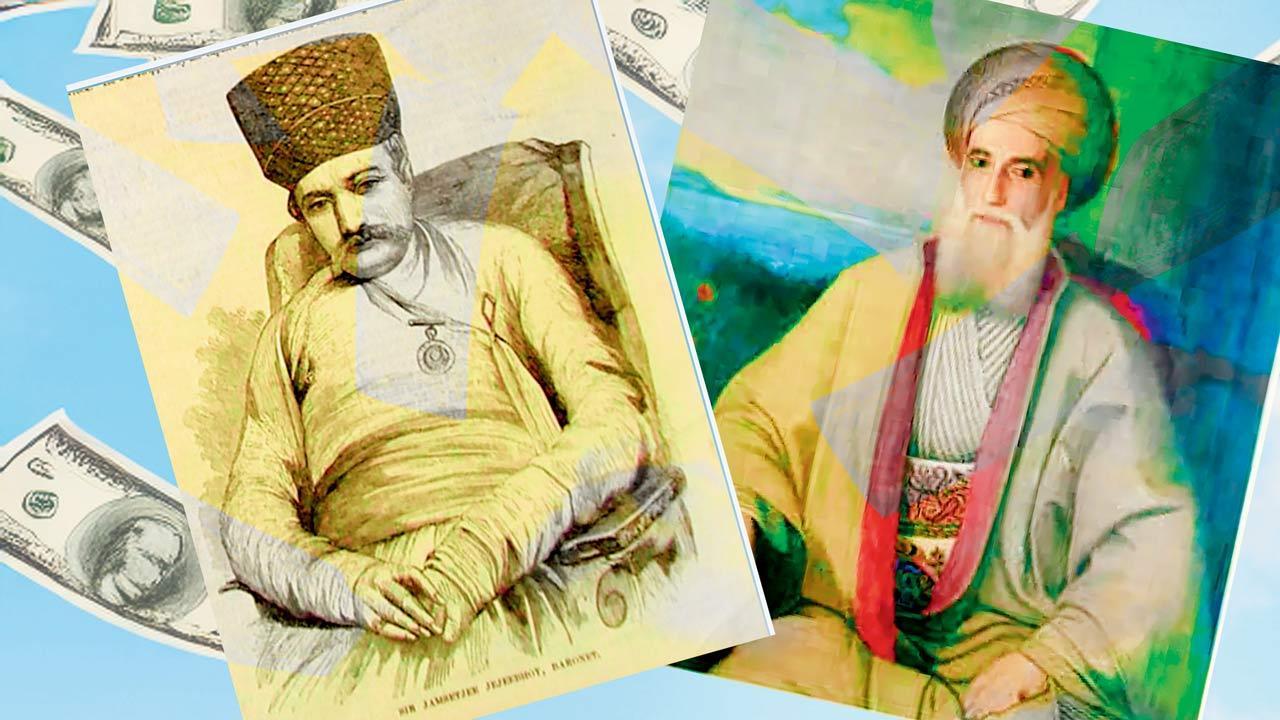Who was more generous, DS or JJ?
Updated On: 06 August, 2024 08:07 AM IST | Mumbai | C Y Gopinath
It was another Mumbai party and the discussion was about wealth, greed and generosity. Two legendary philanthropes were indicted
Listen to this article :

Philanthropes Jamsetjee Jeejeebhoy (left) and David Sassoon. Illustration by C Y Gopinath using Midjourney
 I knew that if I waited any longer, they’d start the karaoke and then there’d be no turning back. So I interrupted the party with the disruptive question I had been nursing since early evening.
I knew that if I waited any longer, they’d start the karaoke and then there’d be no turning back. So I interrupted the party with the disruptive question I had been nursing since early evening.
“Which of these two gentlemen gave more to Bombay, Jamsetjee Jeejeebhoy or David Sassoon?”
Read Next Story




